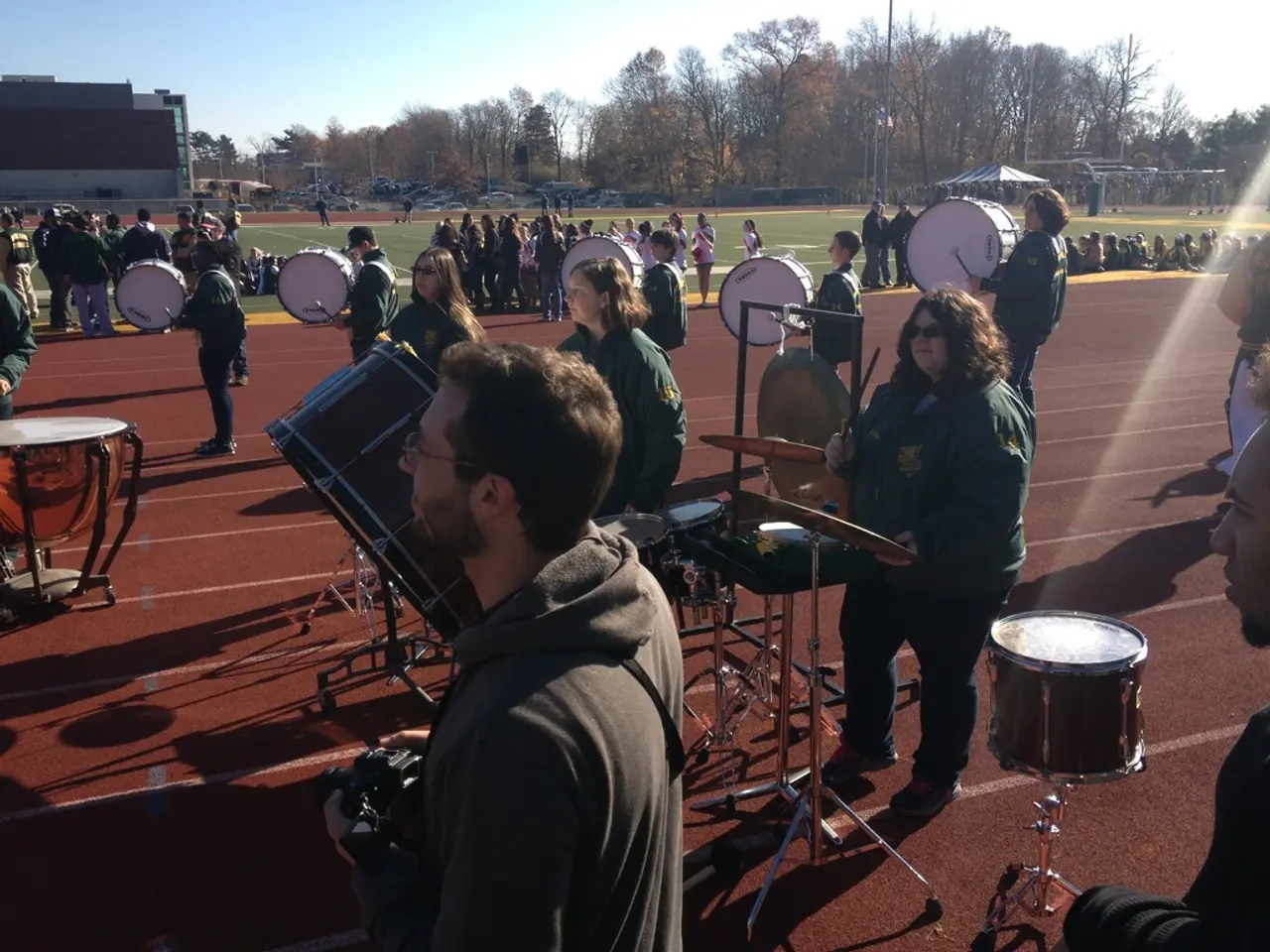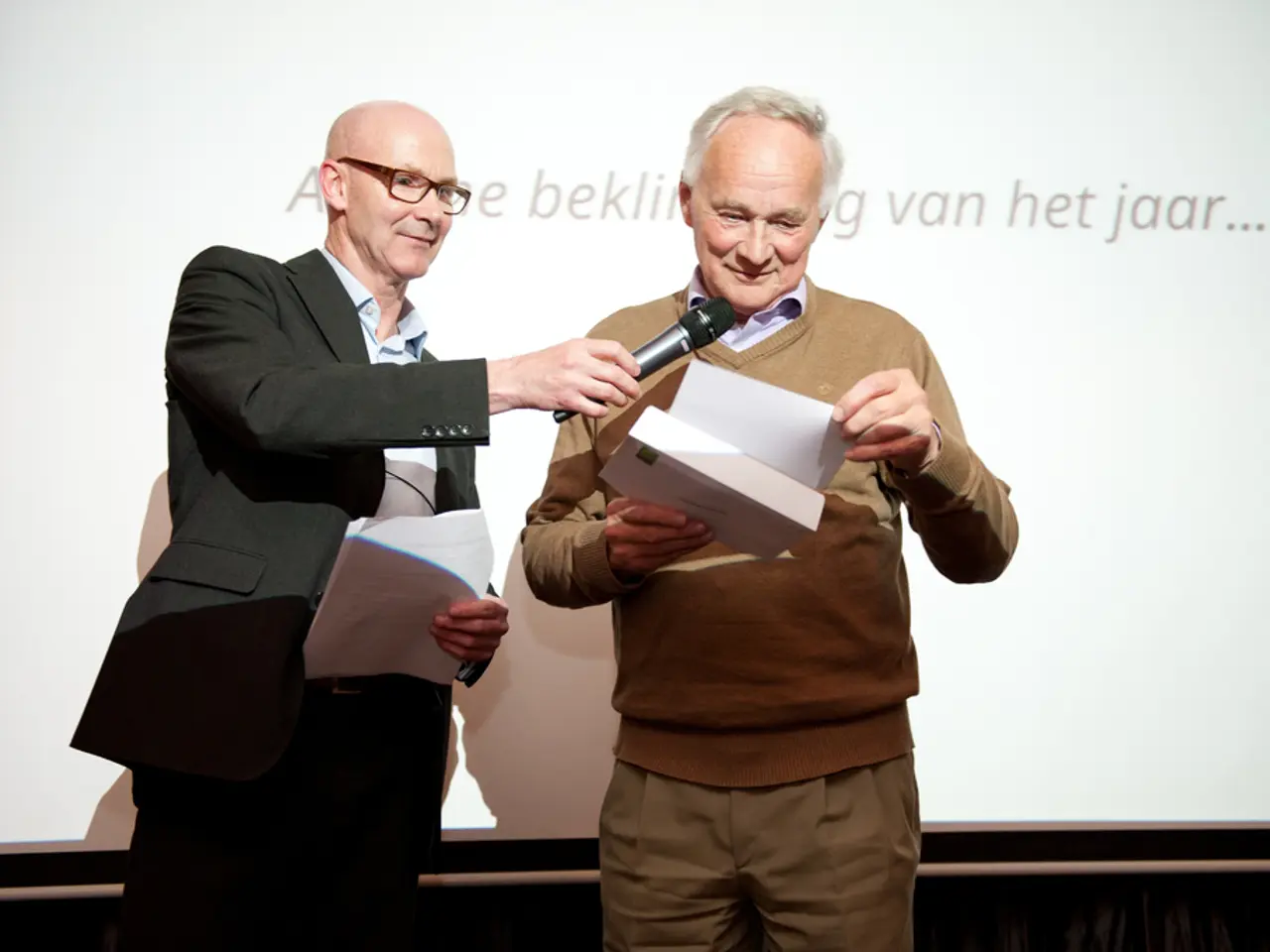Grooving to the Timeless Rhythms: Dancing Through Funk Music's Most Vibrant Tunes and Moves!
In the late 1960s, funk music emerged as a vibrant fusion of soul, jazz, and R&B, marking the beginning of a danceable legacy that continues to captivate listeners across generations in the digital age. Rooted in African American musical traditions, funk music is characterised by infectious grooves, bold basslines, and dynamic rhythms that transcend mere background noise; instead, it emerges as a dynamic force that propels listeners into motion.
One of the key elements that sets funk music apart is its distinctive syncopated beat, where drums and bass guitar intertwine to create a powerful rhythm section that keeps listeners moving and grooving. Drums take center stage with their tight and syncopated grooves, while the bass guitar plays a pivotal role, weaving intricate melodies that go beyond mere rhythm.
The inception of funk music can be traced back to artists like James Brown and Sly and the Family Stone, who blended rhythm and blues with soul, jazz, and psychedelic nuances. Visionaries like George Clinton later evolved the genre in the 1970s, incorporating rock, electronic experimentation, and Afrofuturism. Funk music's enigmatic essence has always been intricately woven into the fabric of social movements throughout its history, with emphasis on the downbeat creating a driving rhythm that is impossible to ignore.
Funk music's impact on popular culture leaves one in a state of perplexity, with its energetic and vibrant tunes capable of uplifting moods and uniting people on dance floors worldwide. Its emphasis on raw emotion and unconventional structures pushed musical boundaries for innovation, paving the way for genres like hip hop and electronic dance music (EDM).
Funk's rhythmic template, especially its emphasis on breakbeats, became foundational for hip hop DJs and producers. Early hip hop pioneers like DJ Kool Herc isolated and looped these funky breaks to create extended dance tracks, which formed the core of hip hop music's rhythmic structure. The classic funk rhythm, often centered on the "One" beat, provided a constant groove that hip hop built upon, anchoring its beats and samples.
Iconic hip hop subgenres—like West Coast G-funk—directly sample or emulate funk’s distinctive basslines, synthesizers, and melodic hooks, as popularized by producers such as Dr. Dre. Funk's role goes beyond music—it shaped hip hop culture’s focus on self-expression and community as reflected in the use of samples and breakbeat-dance (b-boying).
Funk’s rhythmic innovations and emphasis on groove and danceable beats significantly influenced the development of disco and later EDM. As disco evolved from funk and soul, EDM inherited these patterns, especially in its use of syncopation, bass grooves, and breakbeats to keep dance floors moving. Electronic artists and producers have incorporated funk’s groove-oriented approach to rhythm, inspiring tracks that blend live instrumentation with electronic production techniques.
Beyond music, funk influenced hip hop and EDM culture with its emphasis on creativity, self-expression, and community identity—values central to African American culture and perpetuated through these genres. The funk legacy carries on in the works of contemporary artists across genres, demonstrating funk’s lasting relevance in shaping modern popular music and culture.
References: [1] Gendron, T. (2010). Rhythm and Noise: An Aesthetics of Afro-American Music. University of California Press. [2] Hess, B. (2007). The Birth of Hip-Hop: A Cultural and Political History. Temple University Press. [4] Pleasants, M. (1987). The World of Disco. Schirmer Books. [5] Smith, J. (2016). The Blue Rhythm Guide to Jazz & Blues Records, 1912-1932. University Press of Mississippi.
- The vibrant fusion of soul, jazz, and R&B that birthed funk music in the late 1960s continues to influence modern trends in electronic dance music (EDM) and jazz, propelling listeners into motion with its infectious grooves and dynamic rhythms.
- Funk music's distinctive syncopated beat is a key element that sets it apart, with drums and bass guitar intertwining to create a powerful rhythm section that resonates in both hip hop and electronic music.
- Visionaries like George Clinton later evolved funk music in the 1970s, incorporating rock, electronic experimentation, and Afrofuturism, which later influenced pop, blues, and entertainment genres.
- Funk music has left a lasting impact on popular culture, pushing musical boundaries for innovation and paving the way for genres like hip hop and electronic dance music, while shaping hip hop culture's focus on self-expression and community identity.
- Funk's rich rhythmic template, especially its emphasis on breakbeats, remains crucial in modern music; this is evident in the works of contemporary artists across genres, demonstrating funk’s lasting relevance in shaping modern popular music and culture.






